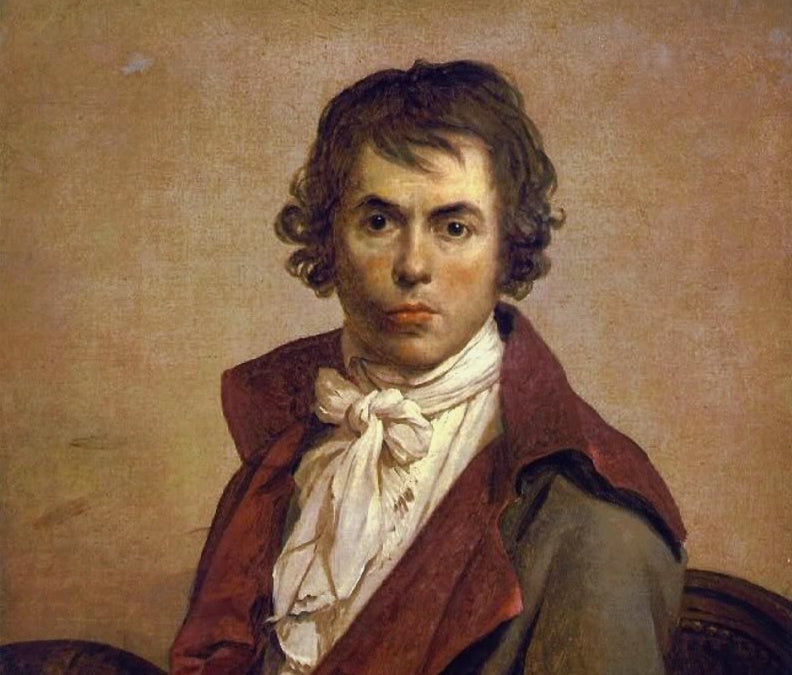The history of the bow tie may be murky, but unlike the wheel or gravity, it's recent enough for us to identify with, and even understand. Like most beginnings, the first signs of a bow tie came from necessity. In the 17th century, a young, ambitious fellow named Derek (real name unknown), who was a popular, sexually active Croatian mercenary during the Prussian Wars, needed something to hold together the opening of his 17th century shirt. To do this, he used a knotted piece of fabric - a look which caught on so rapidly, Sir Walter Topbuttön was right to feel his solution was completely overlooked.

French soldiers brought the look back home with them and in classic fashion, claimed it as their own. Although, in a nod to Derek and the Croats, they did call them Cravats which came from the French word for Croat. Once Cravats hit Paris, they went main stream among the upper class and were adorning necks everywhere for many years to come.

Long after Derek had passed, the cravat evolved into the bow tie from the search of something that could be perfectly symmetrical and decorative. In 1886 Pierre Lorillard cemented its importance when he designed the tuxedo with a black bow tie as the centre point, which led to the phrase Black Tie Attire.

Since then, fashion of course has changed, repeated and shifted again and again. It went from a common accessory both for the upper and lower middle class, to flashy and showy, to political, back to formal, and then to casual again - then repeated those phases in a different order. Everyone from James Bond to Bill Nye, Sinatra to Pee Wee, and Rihanna to JT has sported a bow tie, and pulled it off well. Imagine if Derek could see what he started.
Cursor & Thread is so excited to be a part of bringing what was previously reserved for formal wear, back to everyday, casual, grabbing coffee, tinkering with the car wear. What was born out of necessity, has now been modified to be one of the most iconic accessories for men of all time.

Leave a comment